The software-only solution to extending a Mac's desktop onto an iPad has been updated. It now offers second or mirror screens on Macs, PCs and iPad. Plus a new feature lets users log into their Mac remotely.
The makers of Duet Display, a system for turning an iPad into a second screen for a Mac, has released an updated Duet Air 2.0 which extends the Sidecar type of functionality. Users can now utilize another Mac or a PC as a shared or mirrored screen.
Duet Air works solely in software rather than needing a dongle. The developers say that they have "invested heavily and improved our algorithms to offer the fastest wireless experience available."
Currently Duet Air 2.0 runs on Mac, iOS and PC. An Android version is promised for January 2020.
The existing versions also allow users to remotely view and control the Mac or PC without being on the same network. While Apple has introduced Sidecar in order to allow second-screen use of an iPad — although only an iPad, not another Mac or PC — it has also dropped its main remote desktop feature, Back to My Mac.
When Apple launched Sidecar, the makers of Duet Display told AppleInsider that they had been expecting it and were planning what has become this new Duet Air 2.0. This was later confirmed with reports in October.
Duet Air is a subscription app costing $19.99 annually.
Duet separately has a one-off Duet Display app which is specifically just for using an iPad as a second screen next to the Mac. There is also a Duet Pro for $29.99 per year which the company recommends for Apple Pencil users intending to use the iPad as a tablet.
The chief difference between Duet Air, Apple's Sidecar and the similar system from Luna Display comes down to connectivity.
Duet does everything in software and uses the Mac's regular wireless connection. Apple is the same, except that it leverages how it makes the operating system to provide its Sidecar with better connectivity.
Luna Display, which also recently introduced Mac to Mac as well as the original Mac to iPad edition, uses either a USB wired connection or a custom Wi-Fi dongle that plugs into the main machine.
 William Gallagher
William Gallagher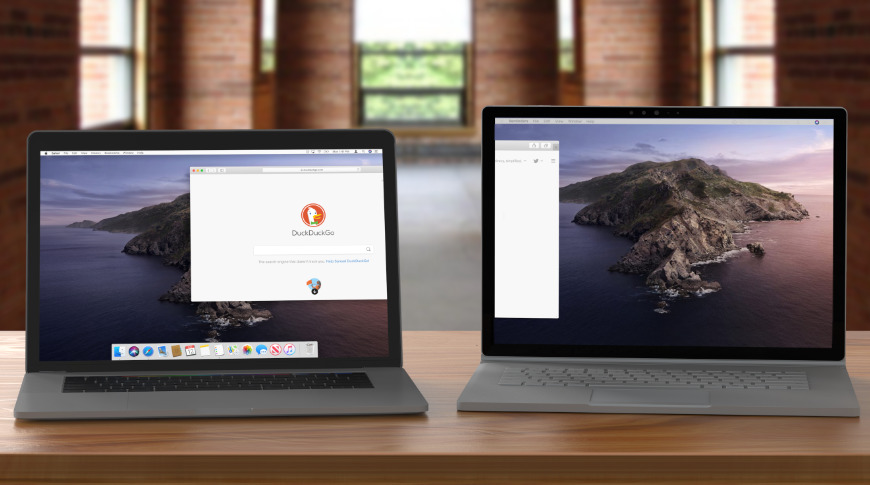
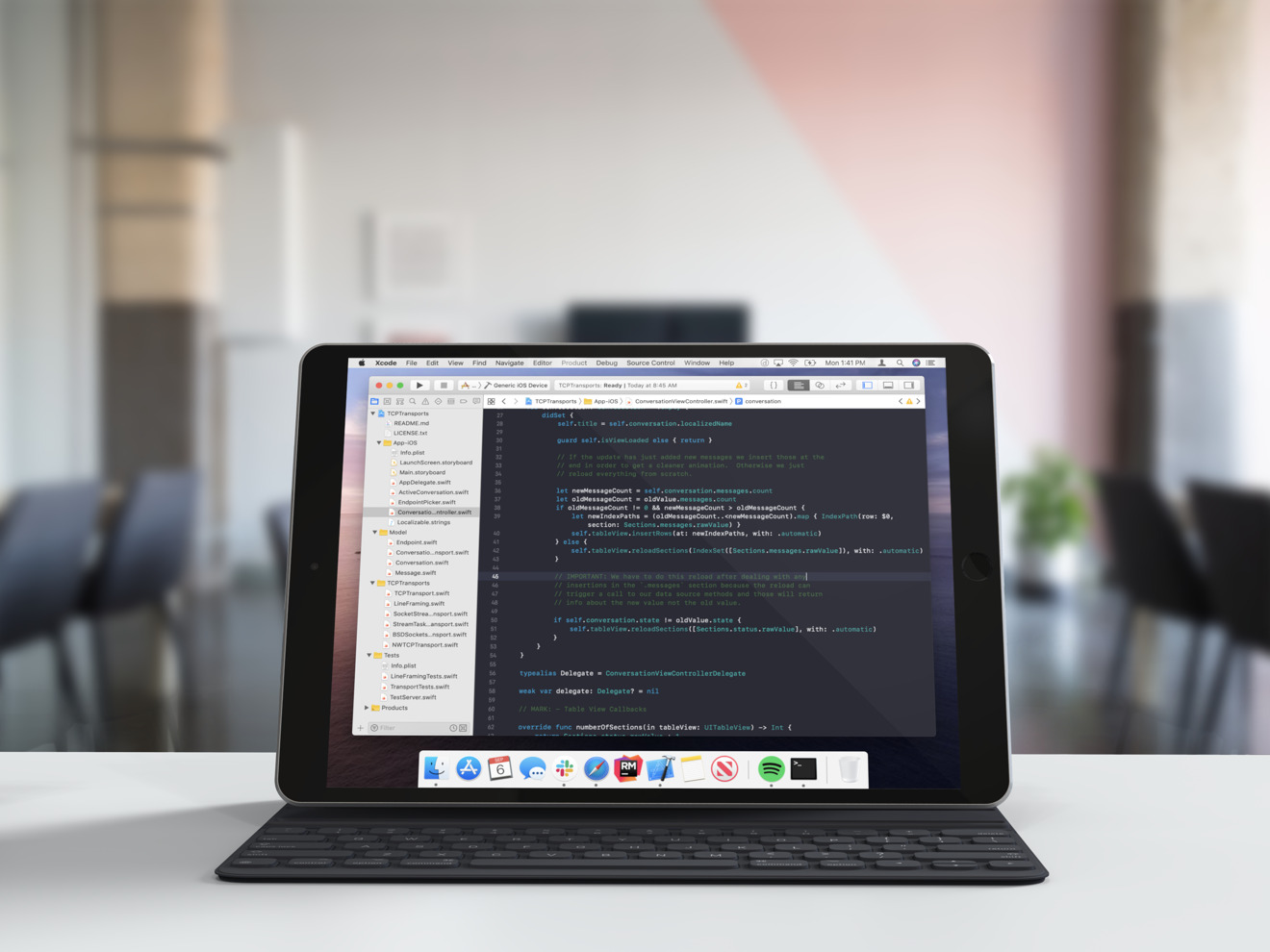







-m.jpg)






 Christine McKee
Christine McKee
 Malcolm Owen
Malcolm Owen
 Marko Zivkovic
Marko Zivkovic

 Andrew Orr
Andrew Orr
 Andrew O'Hara
Andrew O'Hara

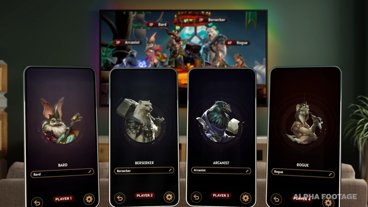
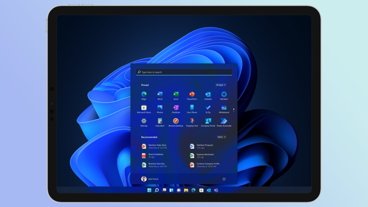
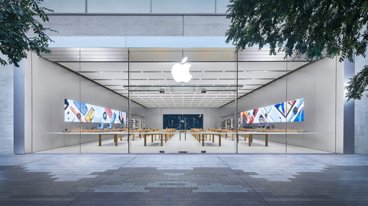


-m.jpg)



8 Comments
Lost me at ‘subscription’.
I use Duet Display a lot at the moment, to connect my iPad as a second (technically a fourth) display for my work machine to give me one screen that's just for the host OS (all our work machines are VDI based). It's convenient, and allows me to make optimal use of the hardware available.
I don't know about subscribing for the extra features. I could actually use the Mac to Mac option for home, so I can share screens between my Mac mini and MBP, but I don't know about US$19.99 a year. After exchange rates, etc, that will be over A$30. It's frustrating, really. I'm probably paying more for other things I use less, but there's a psychological barrier there.
Business used to try and get people to pay for software updates saying the new features were worth paying more money after the initial sale. Office 360 is a big example of changing for something over and over again so as to keep the revenue stream going. Like Agilealtitude said, I too was turned off at the word subscription. It's a dripping faucet that makes software cost way way more in the long run than what it would cost up front. I don't "subscribe" to any software, and watch VERY carefully what re-occurring payments I make.
...a reminder of Target Display, one of the early casualties of what I am increasingly thinking of as the 'new Apple' more oriented towards operations than product design focus... Curious on latency, and always wondered about screen sharing using the speed of a TB3 wired connection given the bandwidth needed for 5K...?